7 surprising ways Mother Nature is trying to kill you
Plants, dirt, and even rocks are more dangerous than you probably imagined

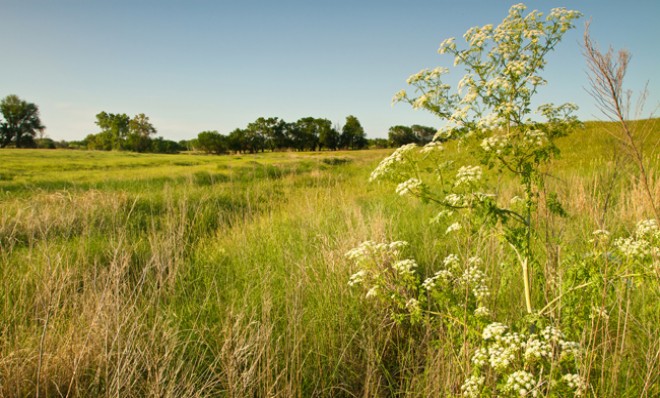
It's no secret that a lot of things in nature want to kill you. You're surely familiar with some of Mother Nature's more aggressive weapons: the cobra, the black widow, the volcano, the bright red toadstools. But what about the more subtle, rarer methods of execution? Death disguised in pretty rocks, beans, and beautiful sea creatures? Here are seven lesser-known natural assassins that may be lurking in your life.
1. On your patio, the castor bean plant
These plants are popular patio decorations in warmer regions of America. It's a beautiful plant during all stages of its bloom, at the end of which the bean (actually a seed) becomes a vibrant prickly flower. The real name of the castor bean plant is Ricinus communis. And its seeds are where the deadly poison ricin comes from. A lethal dose for humans is four to six seeds, which, unless treated, brings on a very slow and painful death (burning sensation in mouth and throat, abdominal pain, purging, and bloody diarrhea).
The Week
Escape your echo chamber. Get the facts behind the news, plus analysis from multiple perspectives.

Sign up for The Week's Free Newsletters
From our morning news briefing to a weekly Good News Newsletter, get the best of The Week delivered directly to your inbox.
From our morning news briefing to a weekly Good News Newsletter, get the best of The Week delivered directly to your inbox.
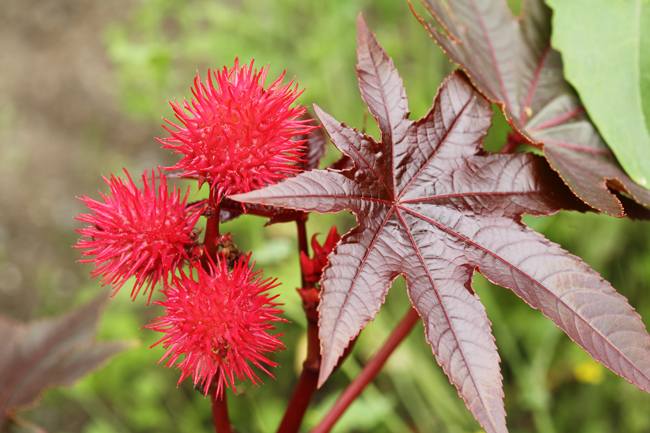
2. In your rock collection, Hutchinsonite
If hell were made up of one particular rock, it would probably be Hutchinsonite. Discovered by Arthur Hutchinson in 1904, Hutchinsonite is a mixture of sulphur, thallium, lead, and arsenic. Three of those four minerals are lethal to humans, and the fourth one, sulphur, isn't terribly pleasant either. Mindat, the largest mineral database on the internet, warns emphatically, "Avoid inhaling dust when handling or breaking. Never lick or ingest."
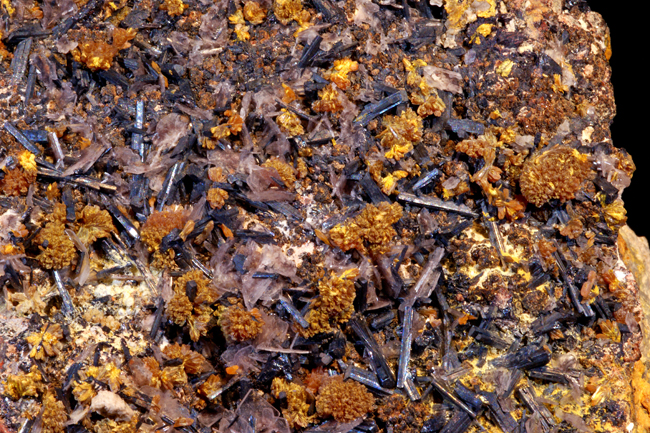
3. While on a tropical vacation, blue-ringed octopus
The blue-ringed octopus is just the sort of hallucinogenic beauty a scuba diver would hope to discover while exploring coral reefs off the coast of Australia. The tiny octopus (5 to 8 inches) actually looks quite plain until it is agitated, at which point it will become bright yellow with brilliant blue rings. It then begins to bite, producing a neurotoxic venom for which there is no anti-venom. Each octopus carries enough venom to kill 26 humans. The bites are tiny, and sometimes a diver might not even know he was bitten... until his heart stops and his lungs are paralyzed.
A free daily email with the biggest news stories of the day – and the best features from TheWeek.com
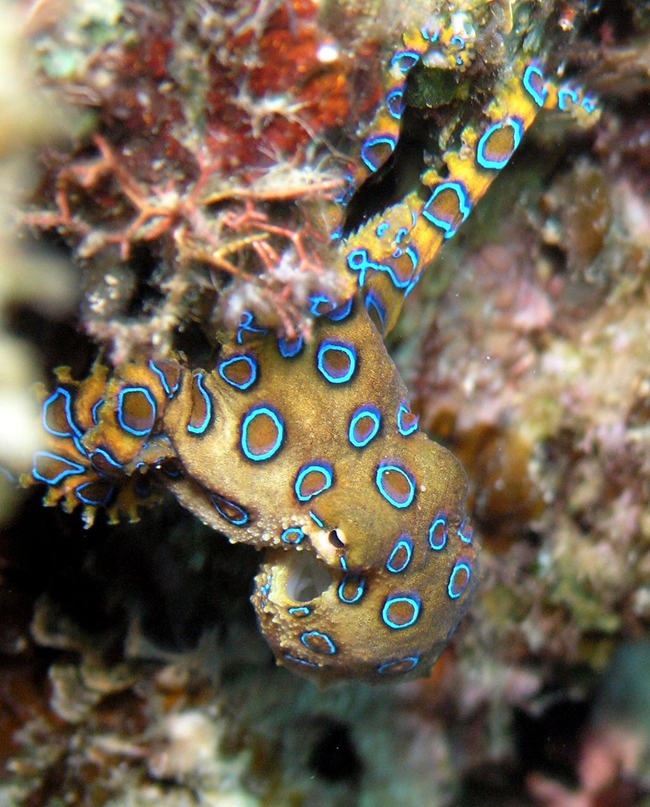
4. In your organic foods, hemlock
The poison hemlock family of plants includes some clever little killers. Hemlock has mastered the art of disguise. It is one of many wild "carrot" plants, most of which are harmless and often edible. It looks a lot like the harmless Queen Anne's lace, but hemlock will paralyze your respiratory muscles and kill you from lack of oxygen. Would you bet your life on which is which?
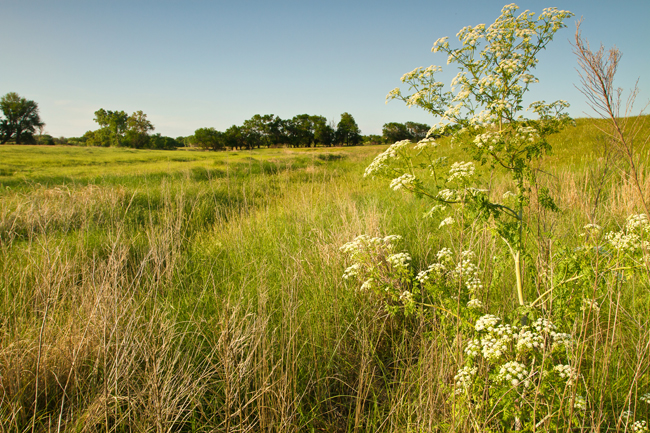
5. In the dirt, Coccidioides
In certain parts of southwestern America, even the dirt is trying to kill you. Well, not actually the dirt, but a fungus, called Coccidioides immitus, that lives in the dirt. This fungus is easily kicked up and made airborne, from construction, farming, wind, and earthquakes. When inhaled, the fungus produces an illness called cocci, or "valley fever." The good news is only about 5 percent of people infected with cocci actually develop the disease. But it can get ugly when they do. Without treatment, cocci can spread throughout the body, devouring everything it touches. It can cause skin ulcers, abscesses, bone lesions, severely swollen joints, heart inflammation, urinary tract problems, and meningitis, which can lead to death.
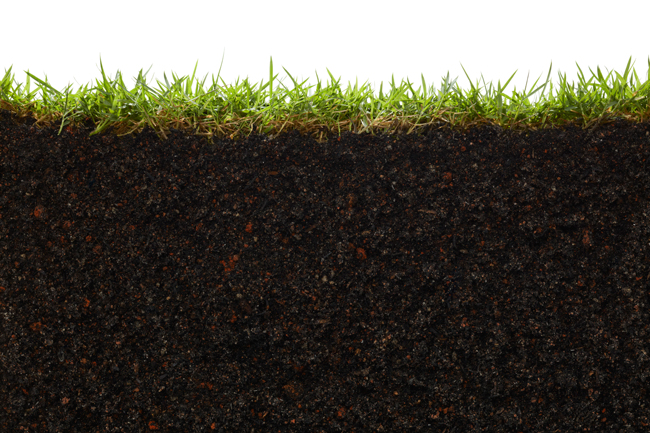
6. In your fish tank, palytoxin
Zoanthids are tiny little marine animals that like to live on coral and rocks. They live comfortably in some home aquariums and occasionally accumulate in seafood as well. And they are absolutely teeming with palytoxin, one of the more deadly poisons known to man. Should a person eat seafood that has ingested too many zoanthids, scrape an open wound across a zoanthid, or as in one peculiar case, inhale palytoxin while trying to clean their aquarium, horrible things can happen. He will experience rhabdomyolysis. This means his skeletal muscles break down and the content of his cells will leak into the blood. The body begins, quite quickly, to suffer nearly every imaginable effect of poisoning, from kidney failure to prickling, burning skin. The cause behind most palytoxin death is heart failure.
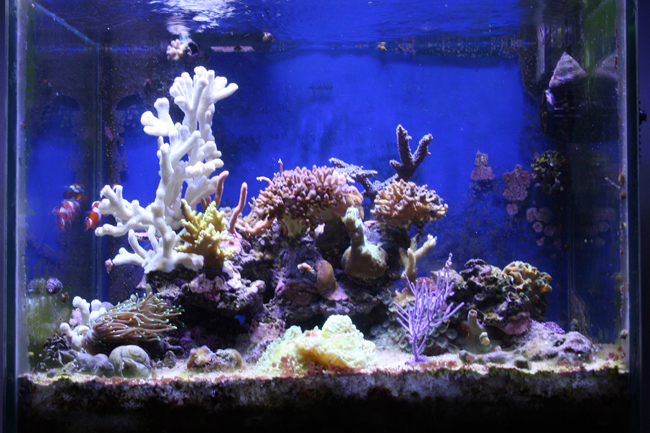
7. On your hot springs vacation, hydrogen sulfide
Some people call it sewer gas; some just call it stink damp. When organic material decomposes (in sewers, swamps, or natural fertilizers) under the right conditions, it can produce a lethal gas called hydrogen sulfide. It is also produced when some sulfide minerals (like those lining the walls of natural wells and springs) are mixed with water. When this gas is released into the air, it can kill a person before he draws in his second breath of it. Even the natural warning, the rotten egg smell of sulphur, can't be counted on as hydrogen sulfide deadens the sense of smell. Not to mention it is also corrosive, flammable, and highly explosive. The good news is low exposure does little harm. The bad news is high exposure can come with little warning.
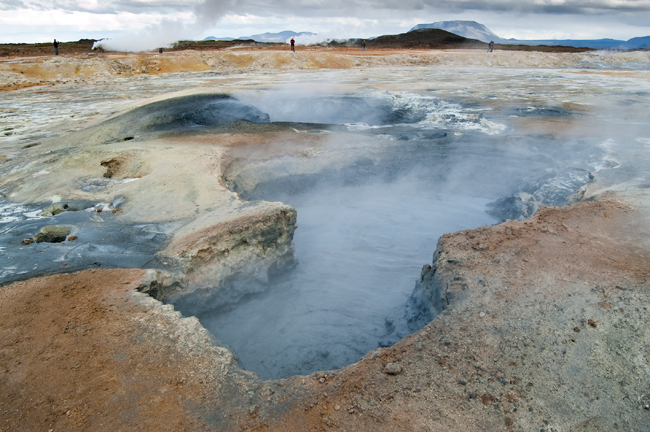
Therese O'Neill lives in Oregon and writes for The Atlantic, Mental Floss, Jezebel, and more. She is the author of New York Times bestseller Unmentionable: The Victorian Ladies Guide to Sex, Marriage and Manners. Meet her at writerthereseoneill.com.
-
 ‘Space is one of the few areas of bipartisan agreement in Washington’
‘Space is one of the few areas of bipartisan agreement in Washington’Instant Opinion Opinion, comment and editorials of the day
-
 How robust is the rule of law in the US?
How robust is the rule of law in the US?In the Spotlight John Roberts says the Constitution is ‘unshaken,’ but tensions loom at the Supreme Court
-
 Magazine solutions - December 26-January 2
Magazine solutions - December 26-January 2Puzzles and Quizzes Issue - December 26-January 2
